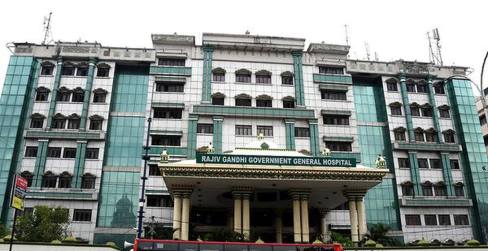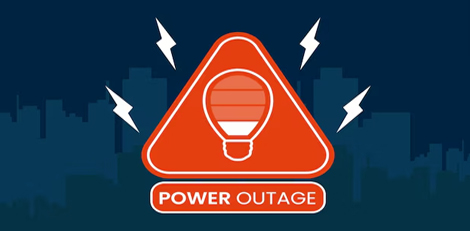Smartphone sales down due to demonetization, says report
Posted on: 26/Jan/2017 5:37:20 PM

According to research firm IDC, smartphone sales in the top 50 Indian cities fell sharply by 30.5 per cent in November 2016 over the previous month, hit by double whammy of liquid cash crunch and cyclical softness post festive season.
In its report, IDC said, The slowdown was seen across all city tiers, with a de-growth of 31.7 per cent in tier I cities and 29.5 per cent in tier II, III and IV cities in November over October. This downward trend can be attributed to demonetisation and resulting cash crunch along with the cyclically lean period after festive season in October. The smartphone industry is believed to have sold around a third of entire years` volume during the festive season in October. Cash purchases make up a significant portion of these purchases in both online and offline channels, hence the impact seen was immediate and more in below USD 200 price range, about Rs 13,600, which still makes up a large portion of the market.
Speaking about the report, senior executives at IDC said, Demonetisation impacted the smartphone market at almost all levels, including customer demand and stock movement in distribution channels. There was a huge drop in inquiries and significantly reduced footfall at the retail. To counter this, mobile phone retailers together with micro finance companies started offering zero down payment options to stir sales.
Interestingly, the premium smartphone segment saw some growth during the weeks following demonetisation, wherein consumers were seen rushing to buy higher priced smartphones using the demonetised currency. In the offline channel, while the Indian vendors were struggling, the Chinese vendors like Oppo and Vivo pulled in strong demand largely due to their strong hold on distribution and better partner incentive schemes and promotional activities during the slowdown. However, we expect the impact of demonetisation to be transitory with the market expected to bounce back to normal levels by Feb 2017.







